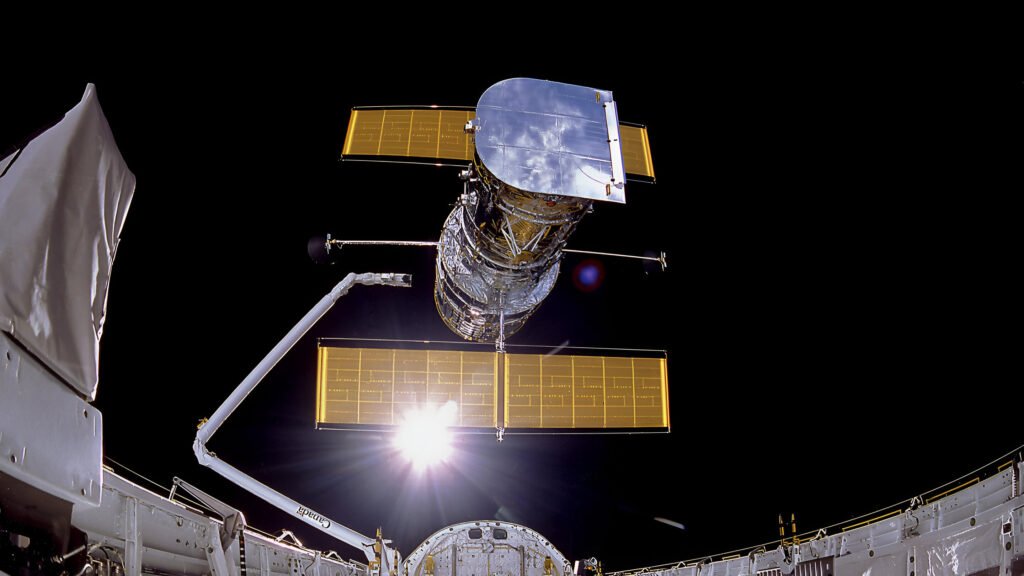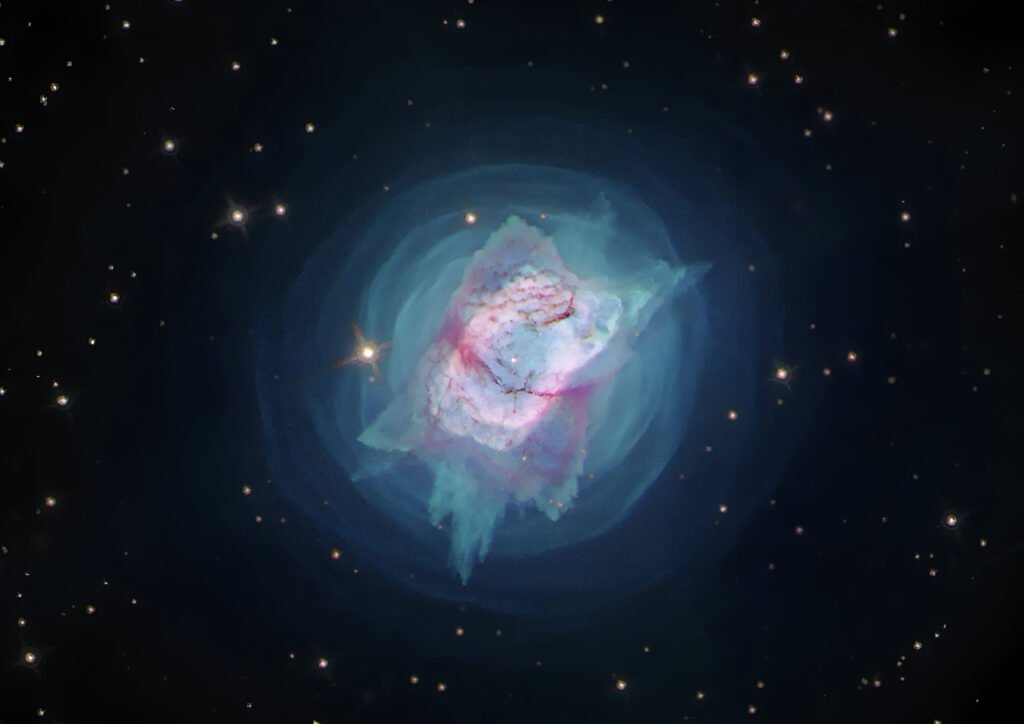
Looking up at the night sky has always filled me with wonder. But for the past 35 years, one telescope has transformed our view beyond anything our ancestors could have imagined. The Hubble Space Telescope keeps rewriting astronomy textbooks even as it approaches middle age.
An Eye Above the Atmosphere
I’ll never forget the excitement when Hubble launched in 1990. Despite initial problems with its mirror (what a heartbreaker that was!), astronauts fixed it during a daring repair mission. Now orbiting 515 kilometers above Earth, it avoids the atmosphere that makes stars twinkle—beautiful for poets but frustrating for scientists trying to see clearly.
What makes Hubble special in 2025? While newer telescopes like James Webb excel at infrared observations, they can’t match Hubble’s ultraviolet capabilities. Earth’s atmosphere blocks UV light (thankfully for our skin!), but Hubble captures it perfectly from space.
“At shorter ultraviolet and optical wavelengths, Hubble is still the best thing we’ve ever done as a species,” says Kevin Hainline from Arizona’s Steward Observatory. I’ve seen firsthand how astronomers fight for precious observation time—only about 20% of proposals get approved!
Watching Our Cosmic Backyard
Remember when we thought Jupiter’s Great Red Spot would last forever? Thanks to Hubble’s Outer Planet Atmospheres Legacy project, we’ve watched it shrink and change color year after year. The telescope has completely changed our understanding of outer planet weather.
Jennifer Wiseman, Hubble’s senior scientist, told me she’s particularly impressed by the telescope’s long-term monitoring abilities. “We see new storms cropping up and disappearing on the outer planets. This long-term view is something only Hubble can provide.”
Uranus shocked everyone too. When Voyager 2 flew past in 1986, it looked like a boring blue marble. But Hubble has revealed dramatic seasonal changes and massive storm systems. Goes to show you can’t judge a planet by a single flyby!
From Stellar Cribs to Cosmic Graves
The “Pillars of Creation” photo stopped me in my tracks when I first saw it. Those eerie columns of gas in the Eagle Nebula where stars are being born became an instant classic when Hubble captured them in 1995. When astronomers revisited the scene in 2015, they found the structures had changed dramatically—they’d grown nearly 100 billion kilometers!

Aoife Brennan at Trinity College Dublin uses Hubble to study the debris disks where planets form around young stars. “When people learn I work with Hubble data,” she says, “they immediately know what that means.” The telescope has that rare scientific quality—it’s captured the public imagination.
At the other end of stellar life, Hubble tracks the spectacular deaths of massive stars. I was stunned by its long-term monitoring of Supernova 1987A, watching as the explosion’s shockwave crashed into surrounding gas, creating a glowing ring that’s expanded visibly over decades.
Unlocking the Universe’s Secrets
For me, nothing beats Hubble’s Deep Field images. In 1995, astronomers pointed this telescope at what looked like empty space for 100 hours. Many thought it was a waste of valuable telescope time. The result? Nearly 3,000 galaxies appeared where we thought there was nothing!
Hubble later helped discover something even more mind-bending—the universe’s expansion is accelerating. This completely unexpected finding led to the concept of dark energy, which apparently makes up about 75% of everything that exists. Not bad for a telescope never designed for such a discovery!
Through a phenomenon called gravitational lensing, Hubble has even mapped invisible dark matter by watching how its gravity distorts light from distant galaxies. These observations keep pushing our understanding of the cosmos in directions nobody predicted when the telescope was designed.
A Legacy That Continues
With over 21,000 scientific papers based on its data, Hubble has been astronomically productive. Every year brings unexpected discoveries—just recently, it confirmed the first lone black hole in our galaxy and revealed new space rocks created by NASA’s DART asteroid-impact mission.
Many astronomers trace their fascination with space to seeing Hubble images as children. Peter Senchyna at Carnegie Science recalls being hooked by Hubble’s photos of comet Shoemaker-Levy 9 hitting Jupiter in 1994, even though he was just a toddler.
As I follow Hubble’s continuing journey, I’m struck by how this aging telescope still captures our imagination. While newer observatories join the cosmic conversation, Hubble’s voice remains clear and irreplaceable. After 35 years of service, it’s still showing us the universe in ways that change how we understand our place in the cosmos.









